Continuing the ongoing series of interviews with creative artists working on various aspects of movie and TV productions, it is my pleasure to welcome Tamara Deverell. In this interview she talks about the art and craft of production design, the transition of the industry from film to digital, production shifts as more stories are told on streaming platforms, doing research in the digital age, and the impact of the ongoing pandemic on her industry. Around these topics and more, Tamara dives deep into her work on the recently released “Nightmare Alley”.
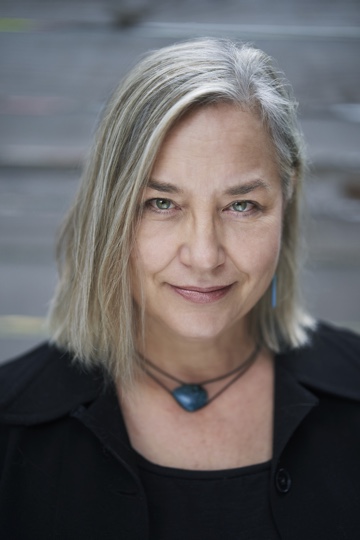 Kirill: Please tell us about yourself and the path that took you to where you are today.
Kirill: Please tell us about yourself and the path that took you to where you are today.
Tamara: I was an art student, studying just about everything I could manage to put my hands on in art school: printmaking to painting to sculpture to photography to filmmaking to art history. I had incredibly wide-spread interests and talents, I was lost looking for some kind of career wherein I could explore and use all my creativity. My father, a writer, thought that somebody with my all-encompassing skills and interests could do well in the film industry – and he was right.
I started working in film in the costume department on a small Canadian production, and through that experience I was exposed to the art department that I never really thought about. Some crew member saw that I was artistically inclined and talented, and I was introduced to the production designer François Séguin, a Canadian designer. I got my start working with François in Montreal and then, after a move to Toronto, with another Canadian designer, Carol Spier (of David Cronenberg fame). I worked my way up from set and graphic designer to Art Director as part of Carol’s team working on the David Cronenberg films: “eXistenZ” and “Crash”, as well as Guillermo del Toro’s “Mimic”. That was my beginning.
Kirill: If I can bring you back to late ’80s or early ’90s when you were starting in the industry, and then jump all the way to the present day, are there any big differences between how feature films were made back then and now?
Tamara: The sentiments of the storytelling process are the same, but the process and the logistics of creating films now are very different from when I’ve started. I feel that my generation has witnessed a tremendous transformation of the way everything is done, and movies in particular.
I’ve seen the rise of the digital age in my work in the art department. As an example: back then we were doing Letraset, cut and pasting and photo processing to create a prop newspaper. Everything was hand drafted, and I’m still one of the few people in my industry that does still can do hand drafting. However, I don’t do a lot of drafting these days, as I have a team of excellent set designers who I work with to create final models and plans. When I first started, I was hand drafting and hand illustrating from start to finish. I still do the hand drafting, but these days I tend to do it on a digital platform, like drawing on an iPad on an emulated “gridded” paper.
It’s been an exciting time to have a career in film as our worlds have expanded so much. There’s AR (Augmented Reality) walls and all sorts of digital technology. When you’re designing a film, you have to know just as much about VFX as your VFX team partners and leaders do. It’s a new world of digital information and technology.
Still though, we’re still trying to tell stories that are epic, or human, or fantastical, and those parameters of good storytelling will always remain the same.
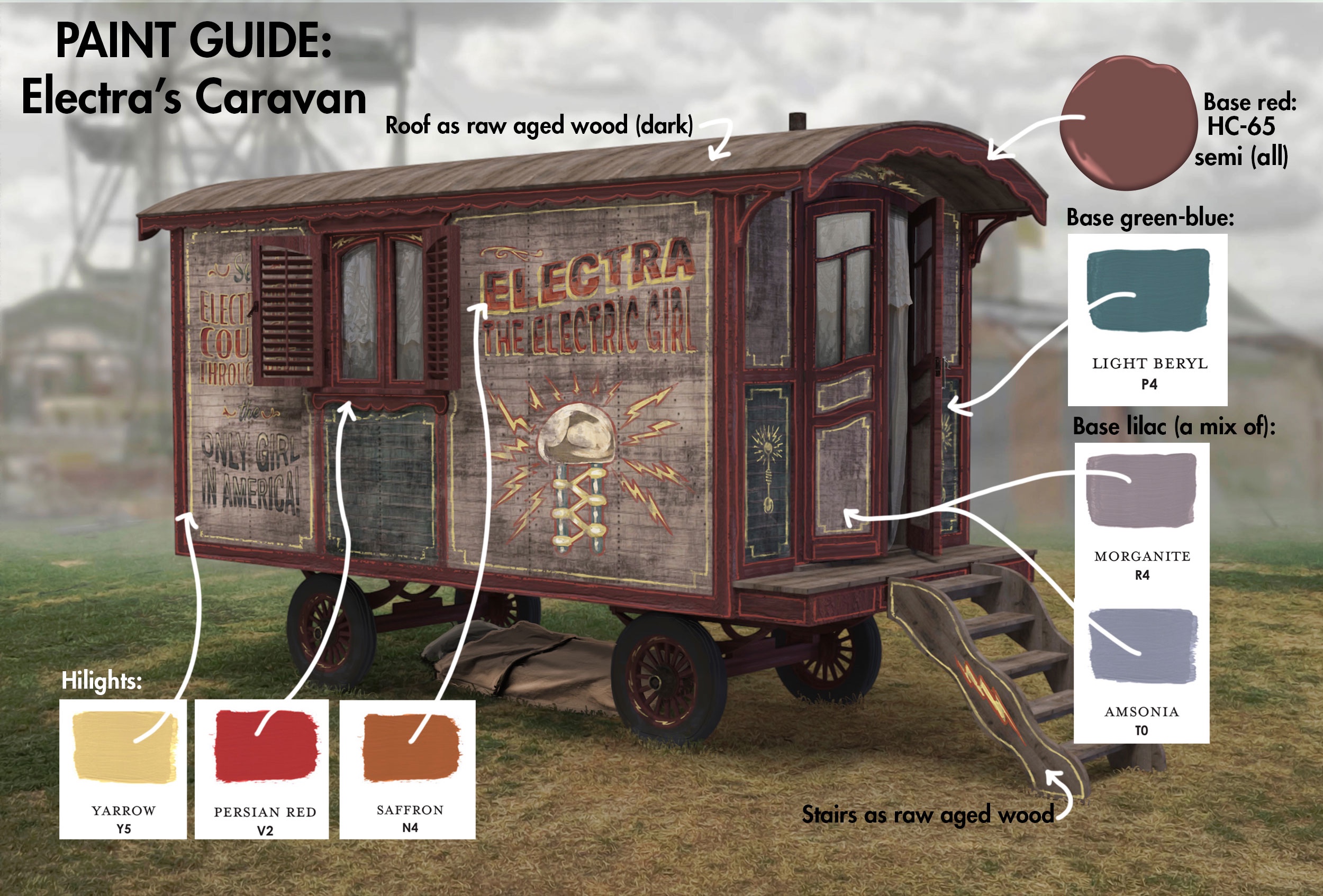
Production design sketches and notes for “Nightmare Alley”, courtesy of Tamara Deverell.
Kirill: Speaking of the new worlds, you’ve done a few episodic productions in the last several years. Did it catch you by surprise how quickly the industry has expanded into the premium streaming / episodic space, perhaps at the expense of mid-budget feature films?
Tamara: I’m not really surprised about that. The platforms are changing radically. I hope people will always want to see movies in theatres, but TV screens keep on getting bigger and better, and this pandemic certainly changed a lot of things. People want access to entertainment in their own homes, and now it’s become even more prevalent because people have been stuck at home.
It’s shifting, and the best thing for filmmakers is to shift with it, and not to fight it. Cinema and television have become so closely entwined, both can provide high quality visual experiences. When I work in television, I try to imbue it with the same level of detail as I would on a feature film where you see it in that large-scale format, because a lot of people are watching that largescale television. I worked on “Star Trek Discovery”, an episodic television production, and it was the same level of detail, and desire to create new worlds and present audience with fantastic sets as I would in a feature film. It’s not a huge difference for me anymore.
When I first started in the industry, there was this clear line between the two. You do TV, and you can get away with things. You do a movie, and you pay attention to every minute detail. Not anymore.
Kirill: Would you say that a movie like “Nightmare Alley” needs to be seen on a big screen?
Tamara: I would. It was such a particularly intense experience, such a heavily art directed movie, and the visuals are so important. That goes for all of Guillermo’s films, they have this intrinsic visual value that is worthy of a large screen. There is so much detail in aging, textures and tones, and I want people to be able to look at that on a big screen.
Kirill: And then on the other end of the screens spectrum, you have some people that watch these stories on their phones, perhaps not even in one go.
Tamara: If I see somebody watching “Nightmare Alley” on that tiny, badly calibrated airplane screen, I know that they didn’t really see it. I would be disappointed for them, as it’s such a fundamental difference. When I’m doing a project, I’m still paying the same amount of mind and attention to it, there is no difference between TV and big screen films in the level of strong visuals that I wish to create.
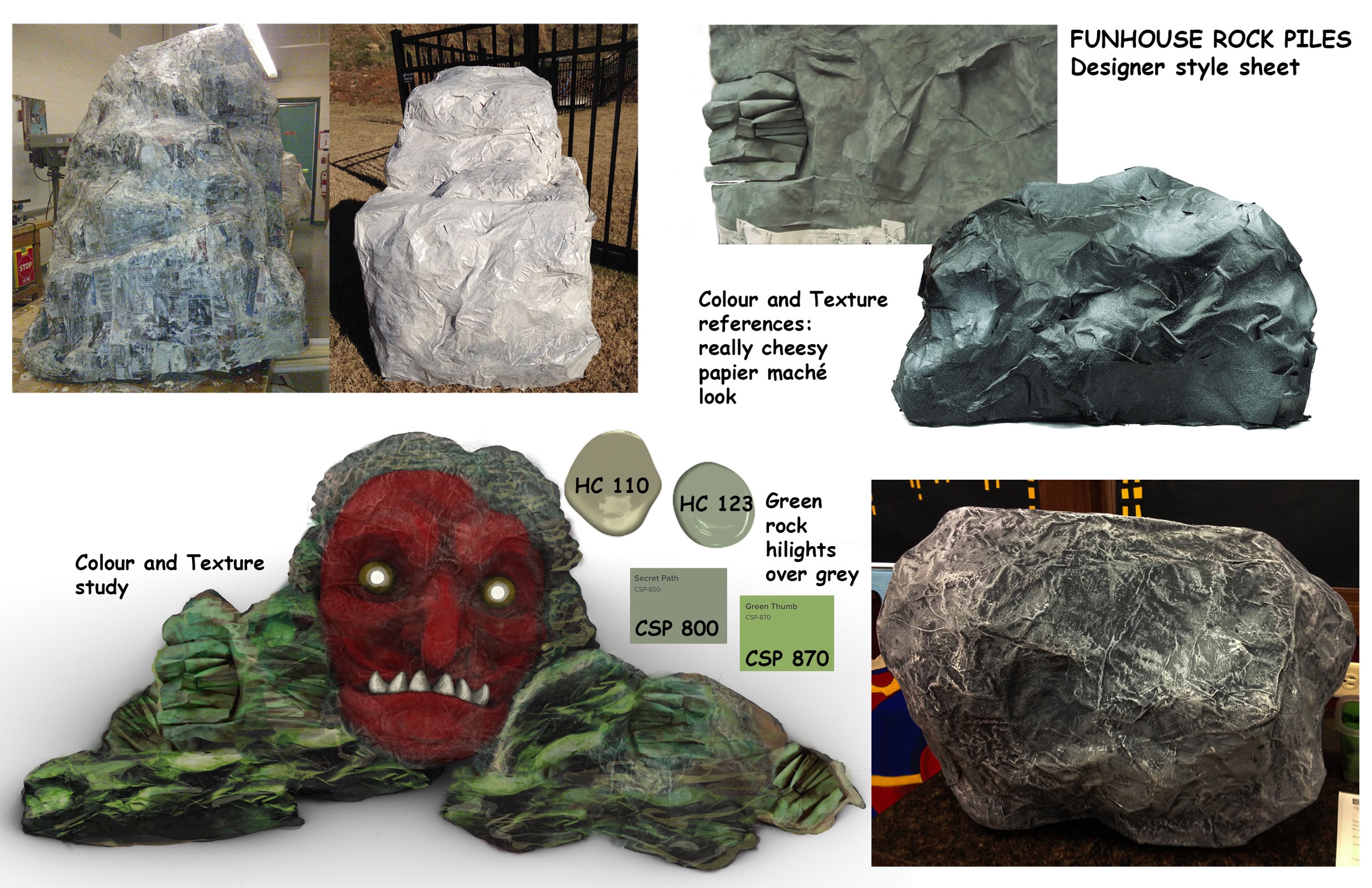
Production design sketches and notes for “Nightmare Alley”, courtesy of Tamara Deverell.
Continue reading »
Earlier in the Compose Desktop / Skia explorations:
Today, we’re going to look at the recent addition in Skia – shader-based image filters, that are available as render effects in Compose Desktop. These filters operate on the content of the specific render node in the Compose hierarchy, allowing for effects like this to be implemented with a single composite shader (visuals are from this article):
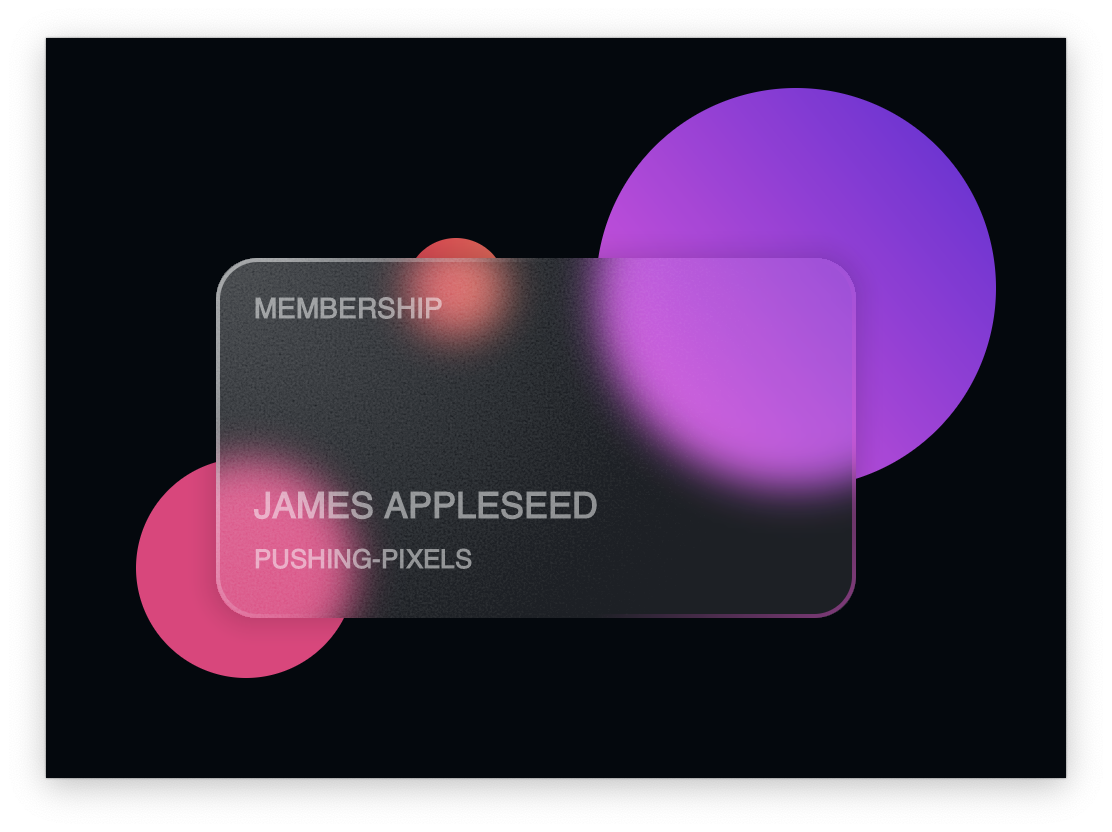
Continue reading »
Continuing the ongoing series of interviews with creative artists working on various aspects of movie and TV productions, it is my pleasure to welcome Ricardo Diaz. In this interview he talks about the art and craft of cinematography, the transition of the industry from film to digital, the variety of screens on our lives, and the impact of the ongoing pandemic on his industry. Around these topics and more, Ricardo dives deep into his work on the recently released “Texas Chainsaw Massacre”.
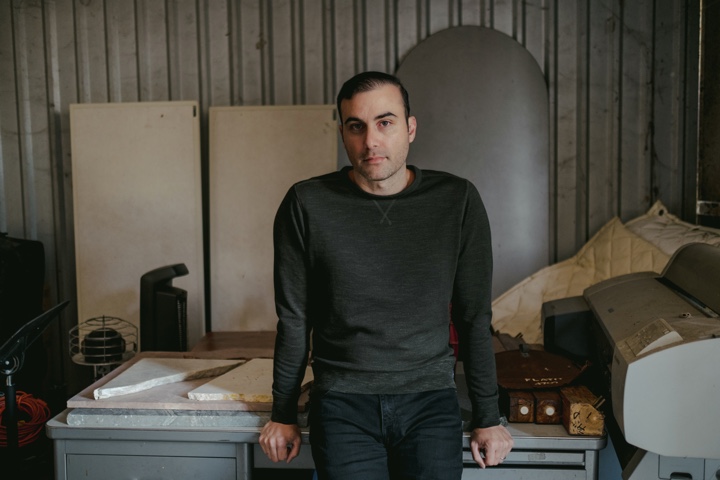
Kirill: Please tell us about yourself and the path that took you to where you are today.
Ricardo: I’m Ricardo Diaz, originally from a small town in South Texas, and I’m a cinematographer based out of Los Angeles. I am where I am today because I love movies. I grew up in a part of the world where there wasn’t a whole lot of things to do with your spare time, and my family really loves the cinema. So growing up, I watched a lot of movies with them. We went to the movie theater all the time, and it was one of the many bonding moments that we had, watching a movie and then talking about it.
At some point my passion for it made me realize that this is something that could be turned into a living. I happened to be growing up at a time when analog was already shifting to digital in the consumer market. You could access software that allowed you start cutting digital footage and just experiment. It became accessible to me when I was young, thanks to the internet, Apple computers, and MiniDV cameras.
The movie that made me want to make movies was “Superman” by Richard Donner. At one point I went back and watched it again, and I remember seeing that it was dedicated to Geoffrey Unsworth. I didn’t know who he was and what he did, but thanks to the internet I looked him up, and he turned out to be the director of photography on the movie. Then I went down the rabbit hole of the internet as to what that position was, and it really was in sync with all the things I loved about making these videos with my friends and family.
It was crafting the illusion, crafting the magic of cinema. It’s this blend of craft and artistry. It’s painting with light. And at that point I knew that I wanted to be a cinematographer. That is the path that I wanted to take, and I’ve pursued that relentlessly for the last 20 years. That is how and why I am here today, with a lot of support from my family who really encouraged me to pursue this.
Kirill: Do you feel that the transition from film to digital is complete, and perhaps there is no longer a debate on relative merits? Has the industry accepted, so to speak, that digital is the default choice?
Ricardo: I am of the opinion that it is a tool, and that they are both just matters of taste. And neither of them is right or wrong at this point.
Digital has caught up. It’s indisputable that you can make a digital image just as atmospheric, beautiful, and magical as film. Steve Yedlin has certainly proved time and time again that you can absolutely trick the eye using digital tools and digital capture to make it look almost imperceptibly different from film. So it’s really a matter of creative taste and vision, and there isn’t a right or wrong answer at this point. If you’re Christopher Nolan and you want to shoot film, shoot film. If you’re Sean Baker and you want to shoot 16mm and that’s right for your project, shoot Super 16. And if you want to make “The Avengers” and shoot on digital capture, do that.
There is no wrong answer. Every project is different, and it calls for something specific and unique for the creators. That’s where we’re at.
I almost feel like the transition to digital is so complete that many artists are trying to sneak some film back into the world just because they miss it. It’s this full circle situation where the past decade has seen digital become so dominant, and some people want to come back to film and try it again. That’s how you know the cycle is complete.
Kirill: Is this debate strictly confined to tighter circles within the industry? Is that something that the larger audience does not spend too much time thinking about?
Ricardo: It probably depends on the age range of the audience you’re speaking to. If you take somebody in their late teens or early twenties, and you ask them if it matters that “Texas Chainsaw Massacre” is shot on 16mm the way the original was, you’ll hear that it doesn’t really matter to them.
The debate has raged on within tighter circles, but it’s quieting down a bit over the last few years. There are still a few famous and very vocal proponents carrying the flag, and I’m glad they are. I never want film to die. It’s another tool in the toolkit. It’s another canvas to paint on. We need to have different tools and different canvasses available to us, and it would be awful to lose that. But at this point, especially for younger audiences, most viewers don’t care about the medium itself. Of course you still have cinephiles of a certain age that are purists, and it has to be on film, and it has to be flickering 24 times a second. That is what the cinema is for them, and it still matters for them.
But in general, audiences want to be taken on an emotional ride. They want to escape for a few a bit, or be engaged for a bit, and the canvas just needs to be right for that story to them.
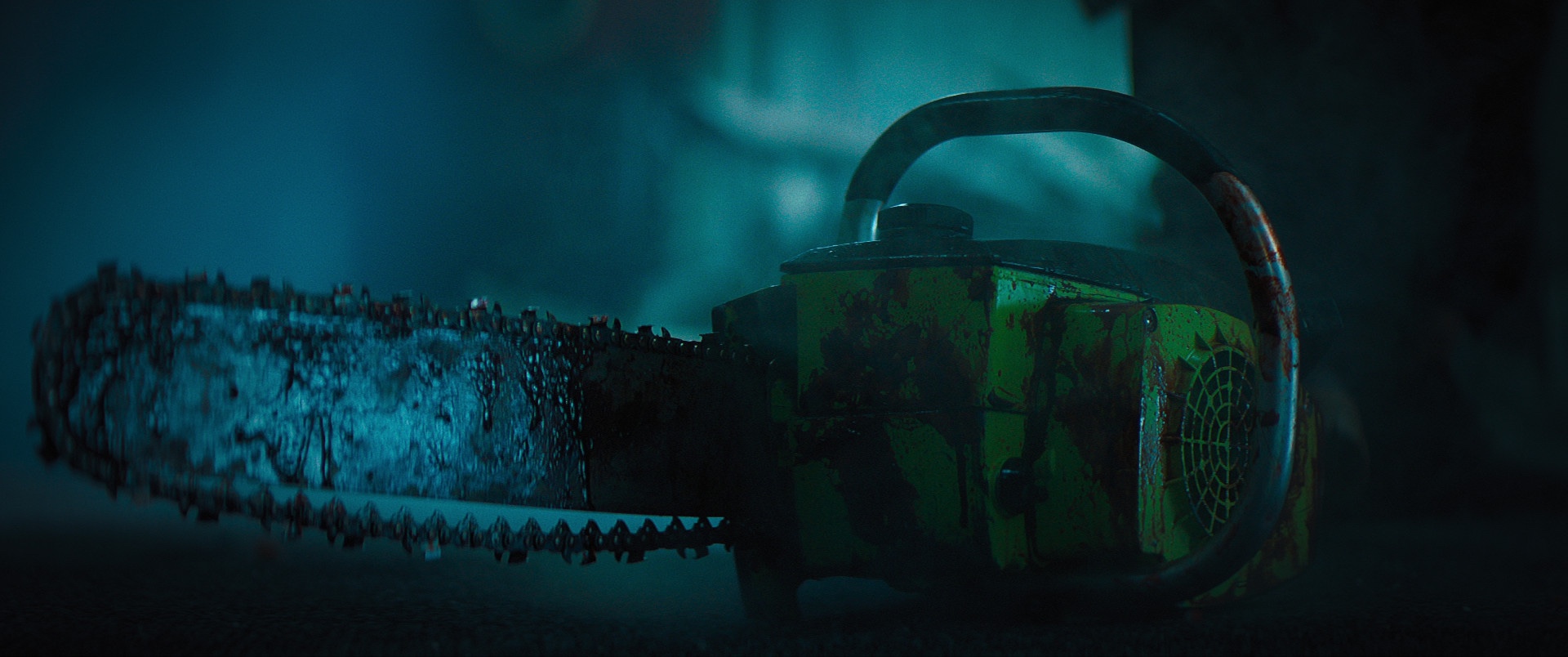
“Texas Chainsaw Massacre” 2021, copyright Legendary, courtesy Netflix.
Kirill: Speaking of the canvas, I was watching the movie yesterday on my laptop instead of going downstairs and watching it on the bigger TV screen. Do you think that as an audience member I am missing something when I do see it on this smaller screen?
Ricardo: I think you are missing some things when you watch these films, especially those released in 2.39:1 aspect ratio. We, the filmmakers, put so much love and care into the details that make an image feel believable, or gruesome, or beautiful – whatever aim we are going for. There’s a lot of detail in that and it’s a sum of its parts. The smaller you are watching that image, the harder it becomes to see and feel like you’re getting those details.
Now I won’t specify what size at which you lose the ability to really see the details, but there definitely is an argument to be made about seeing it on as big a screen as possible in order to lose yourself in that illusion. I definitely hope that they don’t let you play Netflix movies on your Apple Watch at some point, because that would be disappointing.
I would always encourage you to see it on the biggest canvas as possible. And if for you that was your laptop, then great. I’m glad it was your laptop and not your phone. And if it was your phone, I hope it was an iPhone 13 Pro Max and not an iPhone Mini. It’s really about encouraging you to watch it on as big a screen as possible!
Continue reading »
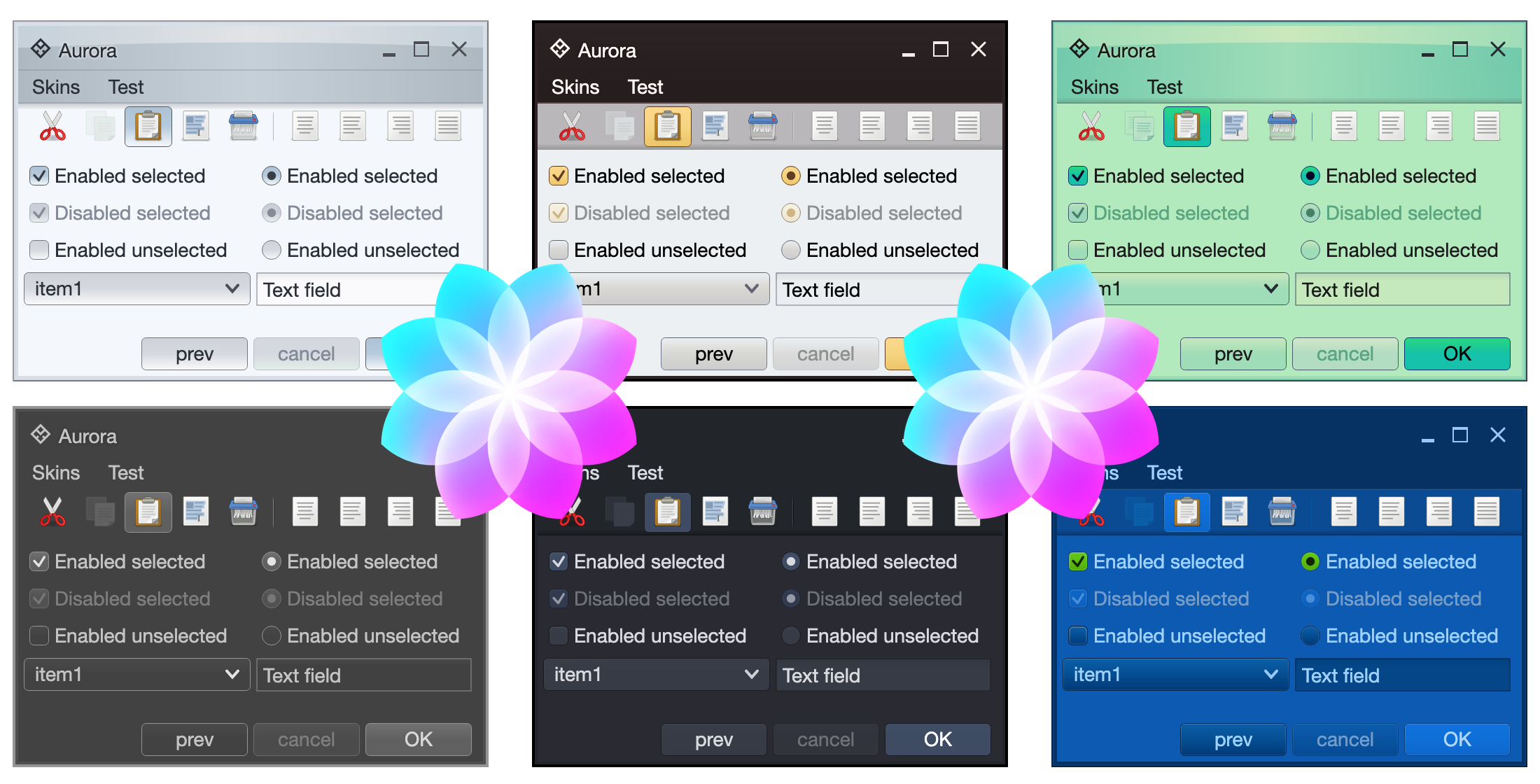
It gives me great pleasure to announce the second major release of Aurora. Let’s get to what’s been fixed, and what’s been added. First, I’m going to use emojis to mark different parts of it like this:
💔 marks an incompatible API / binary change
🎁 marks new features
🔧 marks bug fixes and general improvements
Dependencies for core libraries
- Compose Desktop: 1.0.0 ➡ 1.1.0
- Kotlin: 1.5.31 ➡ 1.6.10
- Gradle: 7.3 ➡ 7.4
Release notes
- 🎁 More interaction granularity for command button actions
- Auto-repeat action. Enabled with
autoRepeatAction boolean, initial delay configured by autoRepeatActionInterval, subsequent delays configured by autoRepeatSubsequentInterval
- Fire action trigger, configured with
actionFireTrigger and the new ActionFireTrigger enum that has three values:
OnRollover to fire action on rolloverOnPressed to fire action on pressOnPressReleased to fire action on press release (the default)
- 🎁 Add a breadcrumb bar composable for quick navigation of multi-level hierarchies, such as file systems, XML documents or abstract syntax trees. See documentation.
- 🎁 Support shader-based fill painters.
- 💔 Revisit the signature of shader-based decoration painters for API consistency.
- 💔 Convert command button panel to use lazy loading. Major performance improvements for panels with thousands+ elements.
- 🔧 Fix incorrect alignment of command button panel content when the content fits without the need to kick in scrolling.
- 🔧 Eliminate flash of color artifacts on opening popup windows.
- 🔧 Use bold font weight on decorated window titles.
- 🔧 Fix text overflow in command button panels with really long text on individual commands.
- 🔧 Fixexceptions when window is made smaller than the original size and starts to cut off some of the content.
- 🔧 Fix the display name in Cerulean skin definition.
This release (code-named Blizzard) brings a couple of new APIs, and otherwise is focused on stabilizing and improving the overall API surface of the various Aurora modules. There’s still a long road ahead to expand Aurora’s capabilities in 2022 and beyond, with the ribbon / command bar planned as the next big addition. If you’re in the business of writing Compose Desktop apps, I’d love for you to take Aurora for a spin. Stay frosty for more features coming in 2022!
![]() Kirill: Please tell us about yourself and the path that took you to where you are today.
Kirill: Please tell us about yourself and the path that took you to where you are today.![]()
![]()